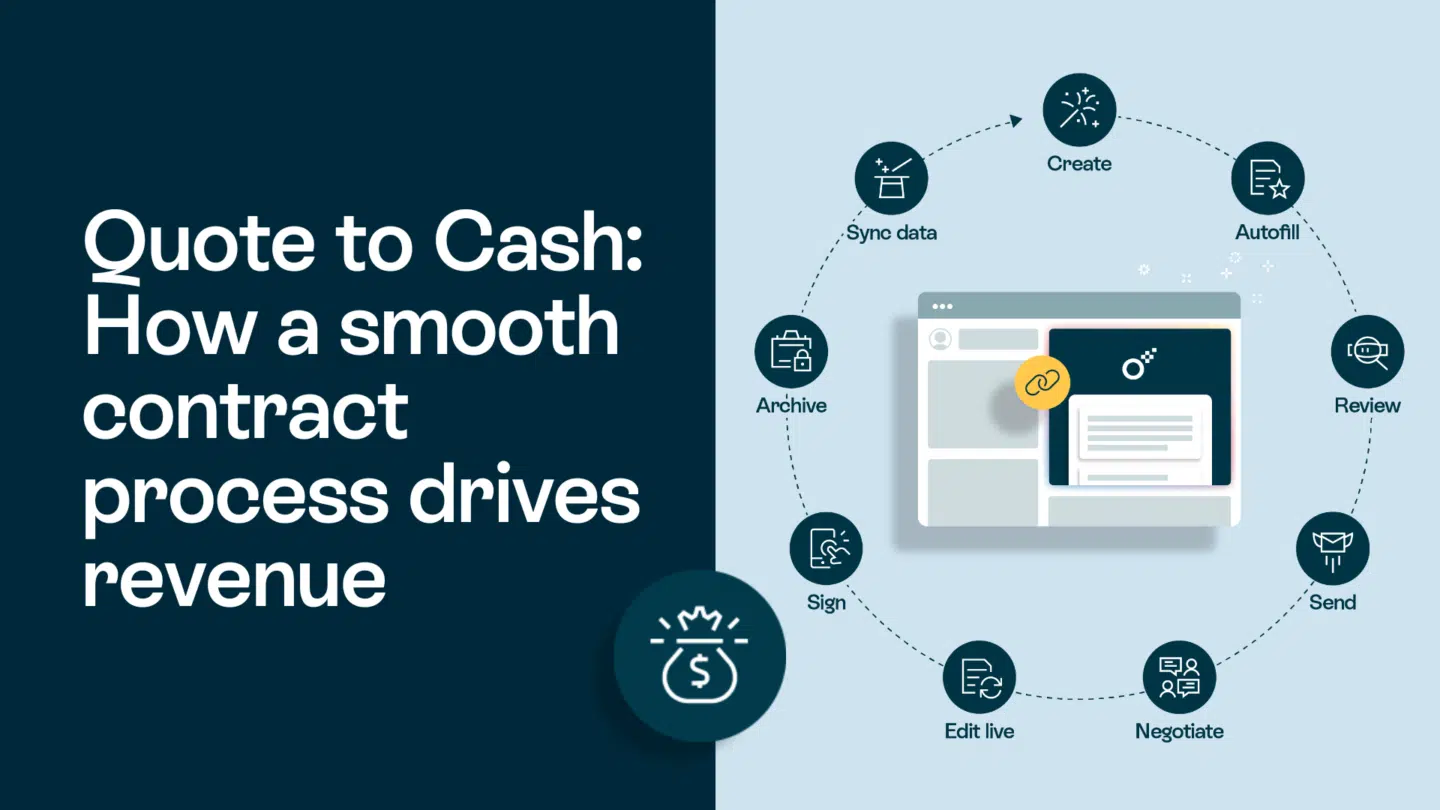In today’s digitalized business environment, the choice of business partners is more crucial than ever. These relationships can shape a company’s success, efficiency, and growth. This article explores the fundamental principles for successful business partnerships, focusing on how companies can maximize the value of their collaborations in the digital era.
Basic Principles for Successful Partnerships
1. Shared Values and Vision
Successful business partnerships start with a common foundation of values and vision. When companies share similar ethical principles and long-term goals, collaboration becomes natural and powerful.
Case in point: When Volvo and Autoliv formed the joint venture Zenuity to develop self-driving technology, they built on shared values around safety and innovation, giving them a solid foundation despite the technical challenges.
2. Transparent Communication
Open and honest communication is the backbone of any successful partnership. This means clarity about expectations, challenges and opportunities.
Case in point: Procter & Gamble and Walmart built a successful partnership by implementing comprehensive data sharing systems. This transparency allowed both companies to optimize their inventory management and supply chains, leading to improved efficiency for both parties.
3. Complementary Forces
The best partnerships leverage the unique strengths of both parties. By identifying and using each other’s competences, companies can create synergies that lead to innovative solutions and increased competitiveness.
Case in point: Apple and Nike created Nike+ by combining Apple’s expertise in technology with Nike’s knowledge of running and fitness equipment. This partnership delivered an innovative product that neither party could have developed on its own.
4. Long-term Thinking
Sustainable business partnerships require a long-term perspective. Short-term gains should never be prioritized over long-term success and stability.
Case in point: Toyota and its suppliers operate under the keiretsu system, which prioritizes long-term relationships over short-term cost savings. This has helped Toyota to maintain quality and reliability even during economic crises.
5. Measurable Results
Successful partnerships define clear objectives and key performance indicators to measure success. This makes it possible to continuously evaluate the collaboration and make necessary adjustments to maximize results.
Case in point: Starbucks and Barnes & Noble established comprehensive measurement systems for their coffee shop partnerships, tracking various aspects of customer experience and sales performance. This data-driven approach allowed them to refine their partnership strategy and expand their collaboration effectively.
Read this too: Why you should integrate your software

Different types of Business Partnerships
Modern business partnerships come in many forms, each with their unique benefits and challenges.
Strategic Alliances
These partnerships focus on long-term goals and extensive collaboration, often in research, product development or market expansion.
Case in point: Spotify and Uber’s ‘Spotify Your Ride’ feature let riders control music during trips, enhancing the experience and promoting Spotify. Though later phased out, it initially engaged users in a new way.
Supplier Partnerships
These relationships go beyond traditional supplier-customer interactions by creating deeper integration and value creation.
Case in point: IKEA works intensively with its suppliers to optimize production processes and material choices, resulting in lower costs and more sustainable products.
Technical Partnerships
Companies work together to develop or integrate technological solutions that improve both parties’ offerings.
Case in point: Philips and Salesforce collaborated on a health platform that connects medical devices with patient data, enabling remote monitoring and supporting preventive care.
Distribution Partnerships
These focus on expanding the reach of products and services through cooperation in marketing and distribution.
Case in point: When Nespresso partnered with selected luxury hotels to place their coffee machines in hotel rooms, they gained access to a premium audience while the hotels were able to offer an enhanced guest experience.

Oneflow’s Partnership Strategy
Oneflow represents a practical example of modern digital partnerships. As a digital contract management provider, Oneflow has developed a partnership strategy that illustrates several of the principles we have discussed.
Types of Partners in Oneflow
Oneflow has developed different partner programs to meet different needs:
Referral Partner
- For companies that want to recommend Oneflow to their network.
- No technical integration required, only a simple reference model.
- The partner receives a commission based on new customers who sign up via the referral.
Solution Partner
- For companies that want to include Oneflow in their offering and create a more complete solution for their customers.
- Access to training, technical support and marketing resources.
- Suitable for example for system integrators, digital agencies and companies working with CRM and HR solutions.
Integration Partner
- For software companies that want to build a technical integration between their products and Oneflow.
- Access to API, technical documentation and support to ensure smooth integration.
- Opportunity to collaborate on marketing and joint customers.
Oneflow’s partner system is designed to give companies a structured and smooth way to collaborate on digital contract management. Through clear partnership models, companies are given the opportunity to either recommend Oneflow, integrate the service into their offering, or build a technical solution using the API. Partners get access to relevant resources, such as technical documentation, training and support, to ensure a smooth and efficient implementation. The model is flexible and customized to suit different types of collaborations, depending on needs and business focus.
Read this too: Oneflow’s integrations: Our types of integrations and how they work
Integrations: The Backbone of Modern Business Partnerships
Benefits of System Integrations
Streamlined processes
By eliminating manual data transfer, businesses can save time, reduce errors and focus on value-adding activities.
Case in point: E-commerce platforms like Shopify integrate with logistics companies such as PostNord, enabling automated order processing, reducing manual handling, and improving delivery accuracy.
Improved data insight
Integrated systems allow data to be shared and analysed across organizational boundaries, leading to better decision-making.
Case in point: Airlines like SAS and hotel chains like Scandic typically collaborate through linked loyalty programs, allowing customers to earn and sometimes redeem points across both services. While these partnerships enable some limited data sharing for specific transactional purposes, comprehensive customer data integration is generally restricted by privacy regulations and data protection policies. Both companies gain some insights into travel patterns and preferences through these arrangements, helping them offer relevant promotions and targeted benefits to shared customers, though personalization remains limited to the specific data each company is legally permitted to access and use.
Increased innovation
When partners’ systems communicate seamlessly, new services and features can be developed that would not be possible in isolated environments.
Case in point: The integration between Klarna and e-commerce platforms has enabled innovative payment solutions such as ‘buy now, pay later’, which has improved the shopping experience and provided merchants with additional payment options for their customers.
Technical Aspects of Modern Integrations
API-based Architecture
Modern companies build their systems with open APIs (Application Programming Interfaces) that enable flexible and robust integrations.
Case in point: Tradera has built an open API that allows third-party developers to create specialized tools for sellers, resulting in an ecosystem of apps that enhance the platform’s functionality.
Webhook Functionality
Real-time updates between systems ensure that data is always synchronized, which is critical for rapidly changing business processes.
Case in point: When a customer changes an order with Mathem, their system automatically triggers webhooks that update both the delivery company and the producer in real time, minimizing incorrect deliveries.
Safety-focused Integrations
With increasing cyber threats, modern integrations must prioritize data protection and compliance.
Case in point: Banks’ BankID integrations follows strict security protocols such as encrypted data transfer and multi-factor authentication, enabling secure digital signatures for thousands of businesses.
Read more: What is two-way synchronization? Your complete guide
Successful Integration Examples
CRM and Contract Management
Integration between customer management systems and digital contract solutions enables a seamless transition from sales phase to contract management.
Case in point: Oneflow’s integration with HubSpot has revolutionized how companies manage their contracts throughout the sales process. When a salesperson creates a quote in HubSpot, a contract is automatically generated in Oneflow, which already contains all relevant information about the customer and the deal. This eliminates duplication, reduces the risk of errors, and significantly shortens the time from quote to signed contract. In addition, the contract status and other important data is automatically synchronized back to the CRM, giving sales teams real-time visibility into the status of contracts without having to switch between systems.
ERP and E-commerce Systems
By connecting ERP systems with e-commerce platforms, companies can automate the entire process from order to delivery and invoicing.
Case in point: Clas Ohlson’s integration between their ERP system and e-commerce platform has enabled real-time inventory updates and improved delivery planning, improving the overall customer experience.
Collaboration Tools and Project Management
Integrations between communication platforms and project management systems allow teams to collaborate effectively regardless of geographical location.
Case in point: Spotify’s use of Slack integration with their project management system enables development teams to receive instant notifications of code issues in relevant chat channels, improving team communication and problem-solving.

The Future of Business Partnerships in the Digital Era
Digital transformation continues to change how companies collaborate and form partnerships. Tomorrow’s successful business relationships will be characterized by:
Increased Automation and Integration
Smart integrations between partners’ systems will automate everything from contract management to delivery and invoicing, eliminating friction and saving resources.
Case in point: H&M has implemented AI-powered systems that help adjust orders from suppliers based on real-time sales data and weather forecasts, improving inventory management and reducing overstock situations.
Data-driven Partnerships
By sharing and analyzing data, partners can gain deeper insights that drive innovation and adaptation to changing market conditions.
Case in point: ICA works closely with suppliers and shares anonymized sales data to enable more accurate deliveries based on local trends and seasonal variations, leading to improved inventory management and reduced waste.
Flexible Cooperation Models
Traditional, rigid partner structures are being replaced by more flexible models that can quickly adapt to new opportunities and challenges.
Case in point: Scania has developed an ecosystem of technology partners that varies depending on the focus of the project – from startups in battery development to established IT giants for autonomous driving technology.
Focus on Sustainability
Partners will increasingly collaborate on sustainability goals, from decarbonization to ethical supply chains.
Case in point: The H&M Foundation and the IKEA Foundation are working with textile recyclers and environmental researchers to develop technologies that can recycle mixed textiles, reducing the need for virgin materials.
Read more: How Oneflow’s integrations make your life easier
Checklist for Evaluating Potential Business Partners
Checklist for evaluating potential business partners:
- Value alignment: Do we share fundamental values and long-term goals?
- Communication skills: Has the partner demonstrated the ability to communicate openly and constructively?
- Complementary strengths: Do our strengths complement each other in a meaningful way?
- Technical compatibility: Are our systems able to integrate safely and effectively?
- Future orientation: Has the partner shown the ability to adapt to change and innovation?
- Track record: What do previous clients and partners say about working with this company?
- Financial stability: Does the partner have the financial strength required for long-term cooperation?
- Sustainability engagement: Are their sustainability goals in line with our own?
By carefully evaluating potential partners based on these criteria, the chances of a successful and long-term collaboration increase significantly.
Conclusion
Building successful business partnerships is about much more than contracts and agreements. It requires shared values, open communication, complementary strengths and a long-term perspective. In the digital era, technology and integrations are increasingly important to realize the full potential of these relationships.
Företag som Oneflow demonstrerar hur moderna digitala partnerskap kan skapa mervärde genom fokus på integrationer, teknisk expertis och långsiktiga relationer. Genom att balansera teknologi med grundläggande affärsprinciper skapas förutsättningar för framgångsrika samarbeten.
Those companies that successfully implement these principles and strategically exploit technological opportunities for integration will create competitive advantage and future-proof their business. By learning from concrete, successful examples and adapting these lessons to their own context, companies can build partnerships that create lasting value in the changing business world.
Check out all Oneflow integrations here. Or book a demo if you’re keen to hear more about our product.








